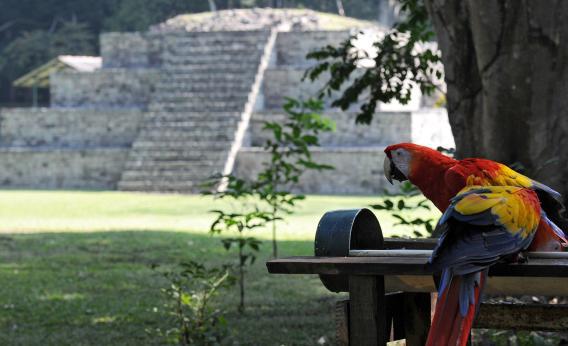There is no chance the world will end on Dec. 21. As my Slate colleague Phil Plait has written persuasively on “Bad Astronomy,” notions that the Earth’s poles will reverse, or a heretofore undiscovered planet will collide with ours, or solar flares will wreak havoc are “nonsense, garbage, taurine feces, flim flam, and pifflery.” The Maya never said that there would be an apocalypse on that particular date—and even if they did, there’d be no reason to believe them. We will all live to see another day (except, of course, for those of us who would have died anyway), so don’t put off your Christmas shopping or your credit card payments.
According to a Reuters poll conducted in May, about 10 percent of people worldwide think that Dec. 21 could be doomsday. (To be fair, some apocalypse believers don’t think the world will necessarily end. They argue that we could face some sort of age of enlightenment or other major event—fuzzy predictions to save face when Dec. 22 dawns uneventfully.) If you aren’t part of the 10 percent, the Mayan apocalypse talk is quite entertaining: People are making fun of the Chicken Littles, finding ways to profit, and enjoying apocalypse theme parties—virgin sacrifice optional.
But though Plait, NASA, other experts, and plain old common sense have me solidly convinced that there is no reason to believe the Dec. 21 hype, there’s a tiny, primitive part of me that has a twinge of fear. It’s illogical. It’s barely present. The skeptical, logical part of me disdains it. But it persists. Why?
According to Shmuel Lissek, an assistant professor of clinical psychology at the University of Minnesota who studies the psychophysiology and neurobiology of fear, evolution is to blame. In humanity’s early days, he says, “fear protected us from survival threats, and in our evolutionary history, the cost of missing a threat is much more expensive than the cost of a false alarm. … Essentially we’ve been naturally selected to be rather safe than sorry.” In cases like this, we’re torn between the primitive parts of our brain, which react quickly to any potential danger we see or hear about, and the evolved, which process the words, sounds, or images from a logical standpoint. If you know intellectually that Planet X isn’t going to slam into Earth on Dec. 21, but your heart rate elevates ever so slightly at the thought, you’re experiencing this conflict. The Mayan apocalypse may not be a stick in the forest that looks like a snake at first glance. In both cases, though, it’s better to be on alert, just in case.
That makes sense. But maybe there’s another explanation. I think it’s a bit like watching a horror movie—you know the action isn’t real, but you still experience some apprehension in a pleasurable, entertaining way. Though it won’t come to fruition, the thought of life ending or changing drastically adds a little suspense and excitement to the everyday. It’s something else to talk about and to distract us from more realistic but less extraordinary fears. You can envision these days as the first act in a post-apocalyptic movie. (Of course, if this were a film, my cavalier attitude would doom me to a gory death within five minutes of the cataclysmic event.)
But there are people for whom Dec. 21 is genuinely scary, not funhouse-scary, and I don’t want to diminish the anguish this has caused them. NASA’s David Morrison, an astrophysicist, has said that he’s received emails from people driven to suicidal thoughts by the prospect of the Mayan apocalypse. For their sake, it’s a relief that the end of fear of the end is nigh.
